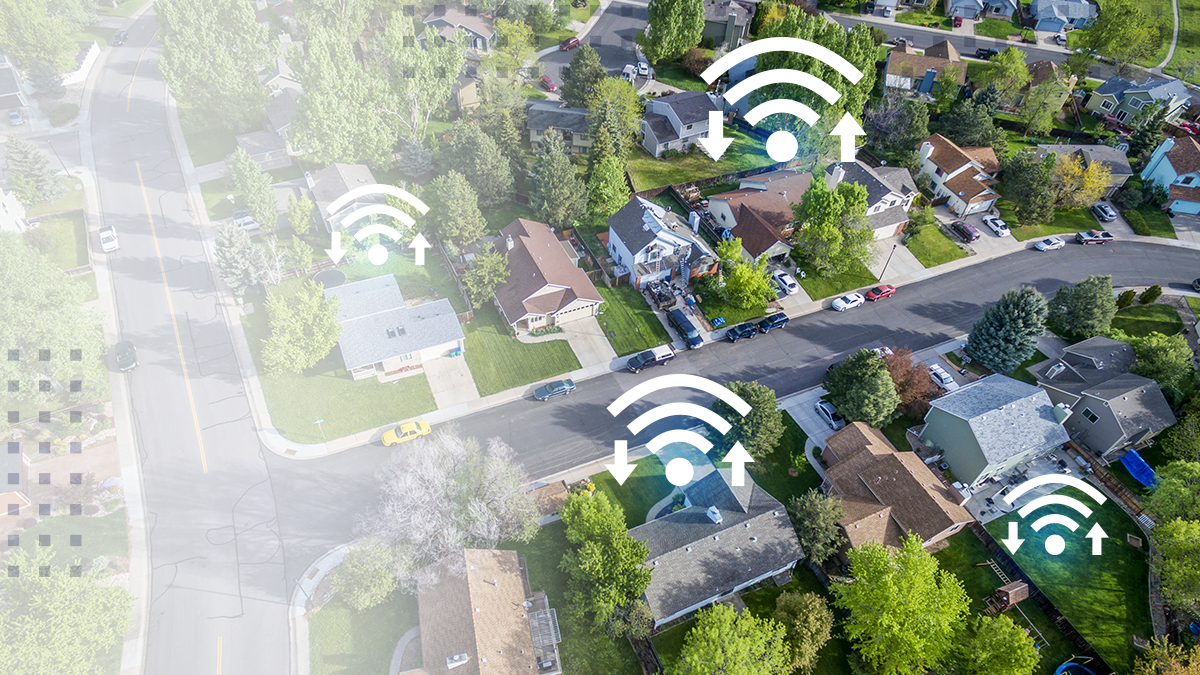New BEAD Program State Guidelines Could Affect Your Broadband Deployment Funding

Since release of the Broadband Equity, Access, and Deployment (BEAD) program Notice of Funding Opportunity (NOFO) in May, the National Telecommunications and Information Administration (NTIA) has been besieged by questions and advocacy, including about the Build America, Buy America law and the NOFO’s requirements regarding broadband affordability, letters of credit, labor, workforce, and climate change. But it is becoming clear that one issue stands out above the rest—how are States and Territories going to spend the limited amount of funds on deployment projects because there is not enough money in the program to build fiber to every unserved and underserved location in the country.
Here’s what we know:
- Congress’s intention in enacting the Infrastructure Law is to make sure all unserved locations get high performance broadband service.
- The NTIA greatly prefers all-fiber deployment projects, but it acknowledges—by including the “high-cost threshold” in the NOFO—that fiber deployments in more remote areas may be too expensive.
- The NOFO directs States and Territories to prioritize projects in unserved areas before addressing projects for underserved areas.
- It is cheaper to deploy all-fiber networks to many underserved locations than to unserved locations—but many of the lower cost underserved locations will get all-fiber connectivity in any event without any government support.
- It is unlikely Congress will provide tens of billions of dollars for additional broadband funding for many years.
It is within these guidelines and constraints that States and Territories will need to sandwich BEAD program funding into deployment projects, and they can go in any number of directions. For instance, will States and Territories focus solely on delivering all-fiber service to as many unserved locations as possible; will they target getting some type of high-performance broadband service to all unserved locations even if it means not deploying all-fiber service to many of these; or will they focus on deploying high performance service to underserved as well as unserved locations?
What is clear is that States and Territories could use the help of experienced broadband providers in making these decisions. You know the costs and challenges of broadband deployments, and you make these funding (investment) decisions all the time. Now is the time to engage with them, as they draft their initial proposals, and we wait for the FCC’s Broadband Maps.
Related Articles



